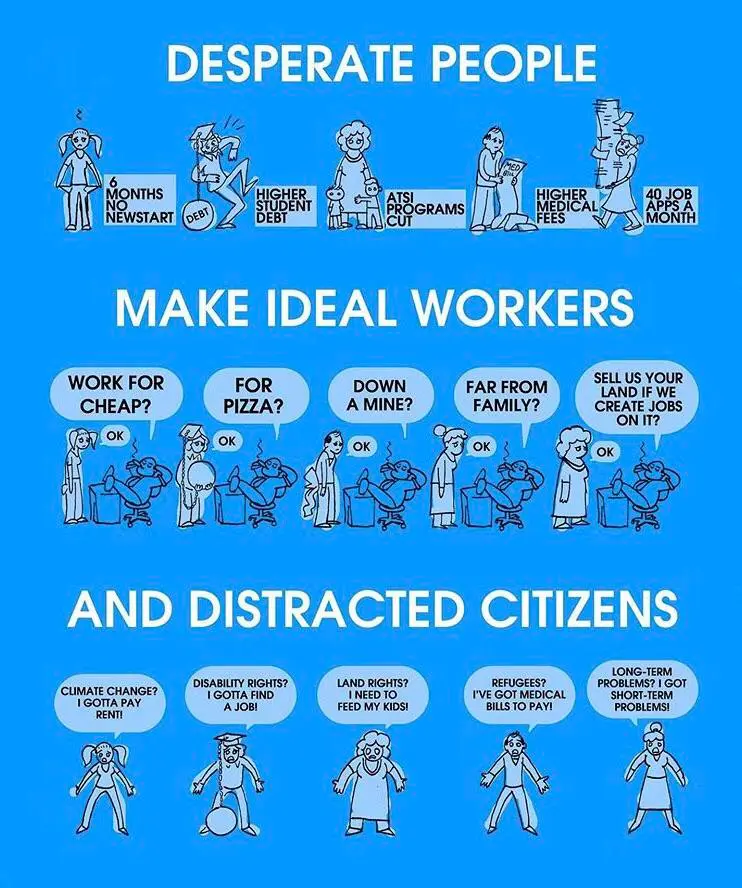Lucien
I do not give unfederated or proprietary entities permission to import or use my content. Content on this account is pushlished CC all rights reserved.
- 3 Posts
- 29 Comments

 3·1 year ago
3·1 year agoVery much aware of that.
That’s great lol

 16·1 year ago
16·1 year ago2k people in expensive San Francisco office space. Willing to bet that the % of them dedicated to improving user experience was quite low in comparison to those trying to figure out how to squeeze money out of it.

 2·1 year ago
2·1 year agoIt wouldnt really be full P2P: I’d expect moderated communities to act as a funnel which everyone interacts with each other through. I wasn’t really considering the hypothetical micro instances to be like a normal server, since even when federated its unlikely that they would consume as much federation bandwidth as a large instance. Most people wouldn’t run a community, simply because they don’t want to moderate it.
Realistically, the abuse problems you mention can already currently happen if someone wants to. It’s easier to make an account on an existing server with a fresh email, spam a bit, and get banned than it is to register a new domain ($) and federate before doing the same. I think social networks would have a lot less spam if every time you wanted to send an abusive message, you had to spend $10 to burn a domain name.
Most of the content would still live on larger servers, so you end up moderating in the same place. Not much difference between banning an abusive user on your instance and banning an abusive single-user instance.

 81·1 year ago
81·1 year agoKinda being pedantic. It’s a comment on a post about web3, responding to someone talking about a blockchain currency. Frankly, unless it’s unclear enough that someone might come along and ask “what does cryptography have to do with blockchain?”, I’m not sure why you feel the need to correct my usage of the word.

 1·1 year ago
1·1 year agoLet’s say they add some proprietary features. That’s basically the difference between kbin and lemmy - they both support enough of the basic feature set required that anything they add on top of it is just “nice to have”, not something which would prevent a lemmy user from switching to kbin if every lemmy instance gets shut down.

 131·1 year ago
131·1 year agoPlenty of creators have solved that already through platforms like patreon. It turns out that ad-supported content only works if advertisers want to advertise on your content, and large segments of media aren’t “advertiser friendly”.
No crypto required.

 2244·1 year ago
2244·1 year agoHah, web 2.0 was all about the explosion of user-generated content. Corps and cryptonerds wanted to make web 3.0 about making money, but the web has always been about the content, not its monetization. In trying to monetize the content, they’re alienating people and forcing them off the platforms they defaulted to.
Humans like to create and share content, no matter how easy or difficult it is to monetize. If the people who want to monetize humanity’s collective output make it harder to create, then hopefully the result is that people move off the ad-supported platforms and replace them with something that doesn’t rely on centralization with lots of capital to stay afloat.
If nothing else, the way that youtube has made it impossible for segments of the creative community to monetize their content and forced them rely on platforms such as patreon has made it more and more clear that ad-generated revenue is a dead end. You can’t force people to view advertising unless you hold their content hostage, and for the first time in history, they can’t buy out the means of production.

 3·1 year ago
3·1 year agogood call

 0·1 year ago
0·1 year agoSo let’s say we want to scale up to several million users - what would that look like?

 4·1 year ago
4·1 year agoSo you’re saying that there’s a sweet spot between the number of servers being federated and the number of users per server. I wonder what the optimal network distribution would look like.

 2·1 year ago
2·1 year agoAt the same time, those graph connections don’t need to be persistent network connections. You could easily cycle through connected nodes and batch update events without issue, and in that case, the primary constraint is bandwidth to the connected graph, not network connections.

 1·1 year ago
1·1 year agoThose are definitely things to consider - I’m mostly thinking about technical constraints in scaling fediverse services out to meet large increases in demand.
I’d say that my wife is the organized one - she just makes it easy to take advantage of the organization and contribute content to it.

 3·1 year ago
3·1 year agoI think the main difference between fediverse and email WRT cache instances is that if you create a cache instance for email, you’re only caching your personal emails. If you create a cache instance for a lemmy community, you’re caching every event on the community.
My intuition says there’s probably a breakpoint in community size where the cost of federating all events to the users who subscribe to them becomes greater than the cost of individually serving API requests to them on demand. Primarily because you’ll be caching a far greater amount of content than you actually consume, unlike with email.
Edit: That said, scaling out async work queues is a heck of a lot easier than scaling out web servers and databases. That fact alone might skew the breakpoint far enough that only communities with millions of subscribers see a flip in the cost equation…

 4·1 year ago
4·1 year agoMaybe I should clarify with “each user successfully spun up…” I’m mostly curious if the 5000 microservers trying to federate is a more sustainable access pattern than 5000 users hitting the website.
Since federation is an async process, it can be optimized on both ends in a way that user browser requests cannot.
At the same time, federation would overall result in more bandwidth being used because not every user wants to view every post in the frontend.
The funny thing is that I’ve read it to him several times in the past. He just finally understood it well enough to do a double take and think “wait a minute, that seems like a terrible thing to do!”
Can’t wait until my son is old enough that I can say “go hang out with your friends for a few hours” without being irresponsible.
My fave. Self-deprecating and fits the name well.
Medication, alarms, chore lists with reminders, project boards (jira @ work, notion @ home).
My wife and I keep EVERYTHING in notion. Our entire lives, pretty much any plan or thing we need to remember to do or communicate goes in that app.
I use other stuff on top of it, but notion has allowed us to split the mental load of managing our household much better than before. I have terrible memory, but I can no longer use it as an excuse. I’ve gone from “oops I forgot” to “oops I didn’t set a reminder, what do I need to do to prevent this in the future?”
It wouldn’t be exaggerating to say that the combination of process and home project management through it has saved my marriage. Oh, and I guess therapy helps. Find a good therapist if you can afford one.





Good God. On beehaw I had to block every furry community separately. Talk about annoying.